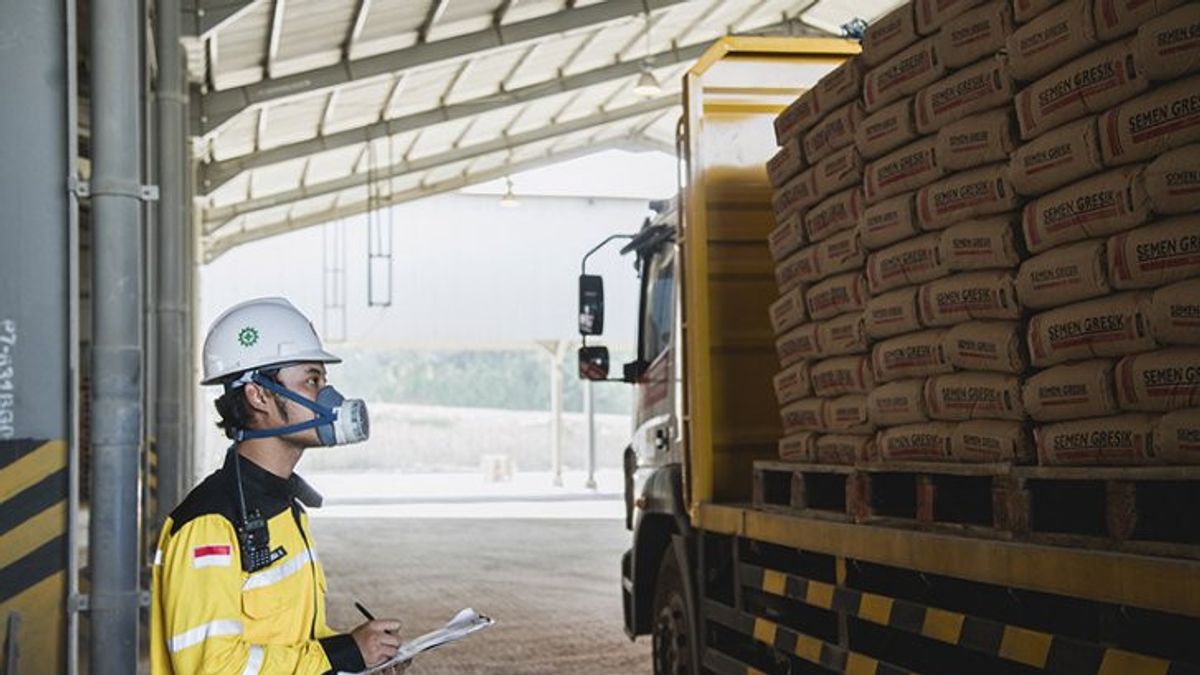The Ministry of Industry (Kemenperin) implements a moratorium policy or new investment arrangements to encourage the strengthening of the domestic cement industry due to overcapacity in the industry.
"This effort can provide legal certainty for semen industry players in the country as well as support competitiveness," said Plt. Director General of Chemical, Pharmaceutical and Textile Industries (IKFT) of the Ministry of Industry Ignatius Warsito in a written statement, Saturday, July 15.
Warsito explained that the condition of excess semen industry capacity occurred in almost all regions, except for Bali-Nusa Tenggara and Maluku-Papua.
"The largest percentage of overcapacity occurs on the island of Java, which is more than 55.4 percent," he said.
According to Warsito, new cement factories should still be directed at the regions of Papua, West Papua, Maluku, and North Maluku. "This regulation will be reviewed if the national average utilization has reached 85 percent," he said.
Based on data from the Ministry of Industry, cement production in the first semester of 2023 reached 29.3 million tons, with the national demand for cement reaching 28 million tons. Meanwhile, cement production throughout 2022 is more than 64 million tons, with a need of around 63 million tons.
"Currently, the national cement industry consists of 15 integrated cement companies spread from Aceh to Papua, with a total installed capacity of 116 million tons per year. Currently, our cement industry is still experiencing an overcapacity of 51.8 million tons or 45 percent," he said.
He also emphasized that one of the efforts that need to be made by the cement industry to overcome the current overcapacity condition is through increasing exports.
"The total export of cement and clinics in the first semester of 2023 increased by 11.57 percent compared to the same period the previous year. This is in line with the increasing demand in foreign markets," said Warsito.
In addition, Warsito said, the increase in international coal prices that has occurred since December 2020 has had a significant effect on the cement industry. Not only did it result in an increase in production costs, but also hampered coal supply in the cement industry.
"Coal for the cement industry is the main raw material and fuel that has a percentage of up to 40 percent in the production cost structure," he explained.
In order to overcome and anticipate the high increase in coal prices, the government is preparing regulations related to the coal Public Service Agency (BLU).
Next, Warsito said, cement is an item that has a large size and volume, so it requires transportation with large carrying capacity and special dimensions. Given, more than 80 percent of cement transportation is by land (truck).
SEE ALSO:
"The Zero Over Dimension Over Load (ODOL) policy requires the right implementation of the target, so as not to cause an impact on increasing logistics costs that must be borne by industry and consumers," he explained.
The cement industry has submitted three proposals before the implementation of Zero ODOL policies in full, namely adjusting the dry/kir system to vehicle and road class designs, implementing multi-axle policies, and improving the quality of road carrying capacity (road class).
"The three proposals need to be resolved first for the smooth implementation of the Zero ODOL policy. If it has not been fulfilled, it can be considered to make a time adjustment for the implementation of Zero ODOL to 2025. Given that the Industry has lost momentum for more than two years in preparation for the full implementation of the Zero ODOL policy in 2023 due to the COVID-19 pandemic," he concluded.
The English, Chinese, Japanese, Arabic, and French versions are automatically generated by the AI. So there may still be inaccuracies in translating, please always see Indonesian as our main language. (system supported by DigitalSiber.id)
















